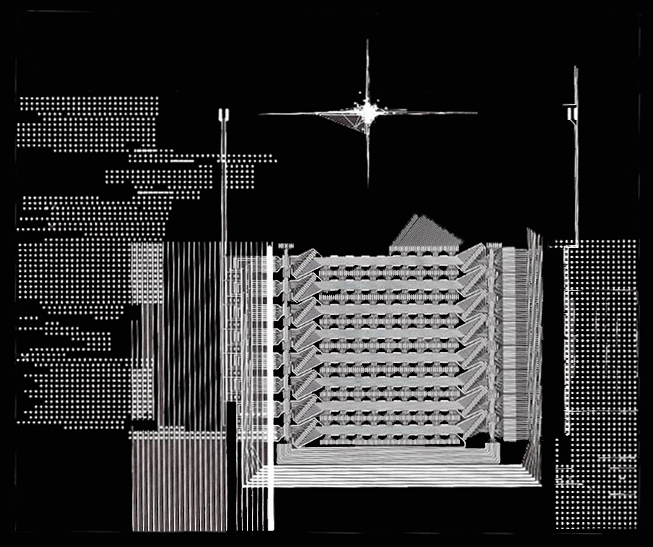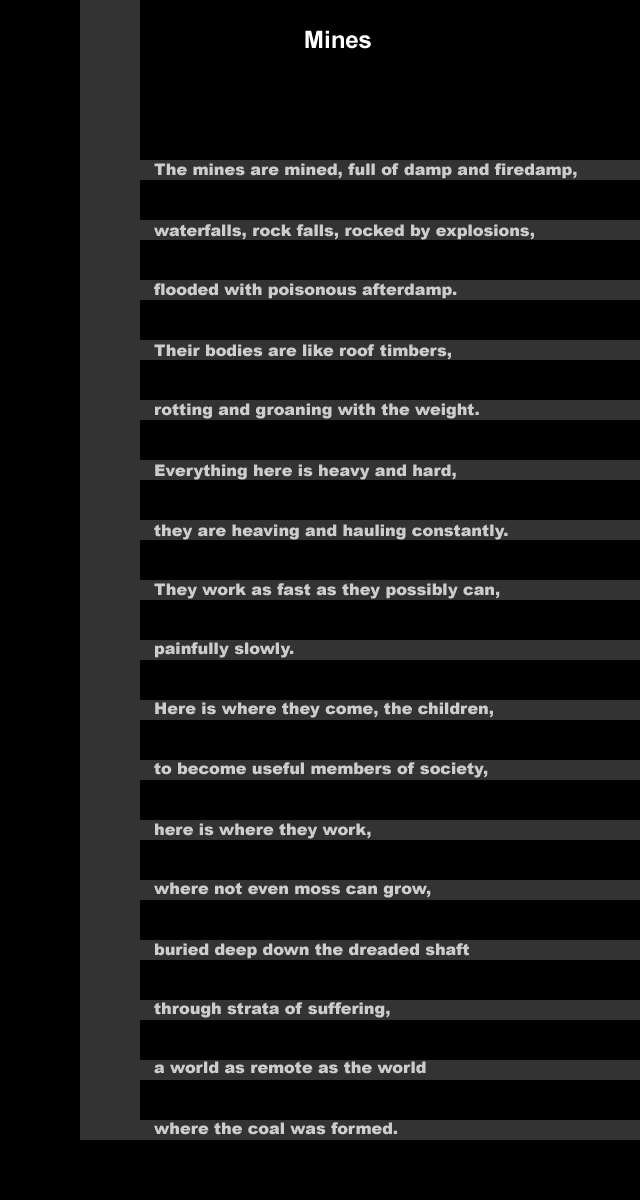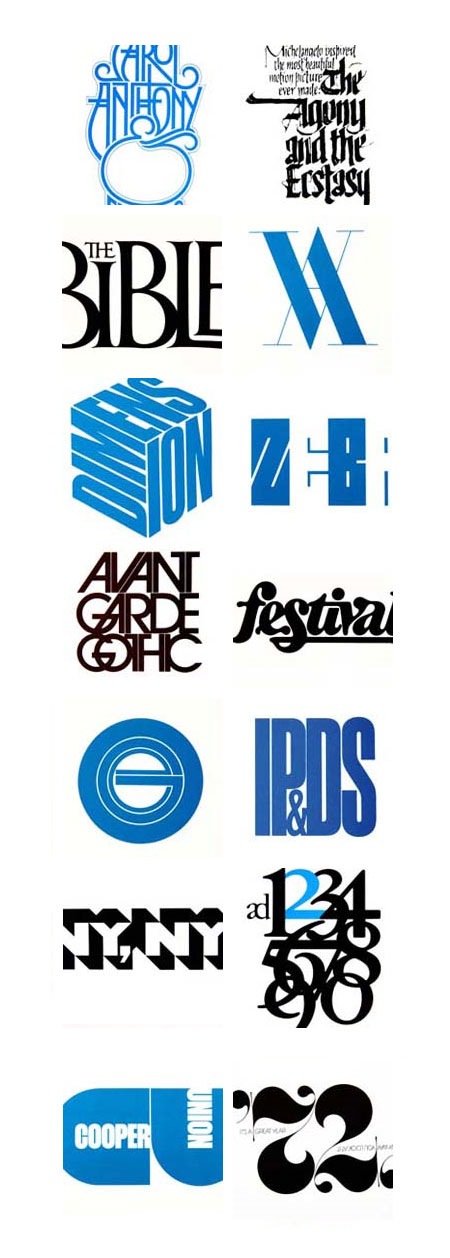"My computer program is like a piano.
I could continue to use it creatively all my life." John Whitney, Sr. 1
 I thought I would explore early Computer Art also known as Computer graphics and later as digital graphics. One fact that shouldn't have been surprising is that many early art were made not by "artists" but by scientists and engineers with access to computers. Another fun fact was that the early computers were the Bombsight Computers from World War II. Sometimes these images were called "machine drawings ." Another was to see certain art movements be a factor of influence.
I thought I would explore early Computer Art also known as Computer graphics and later as digital graphics. One fact that shouldn't have been surprising is that many early art were made not by "artists" but by scientists and engineers with access to computers. Another fun fact was that the early computers were the Bombsight Computers from World War II. Sometimes these images were called "machine drawings ." Another was to see certain art movements be a factor of influence. Picture by drawing machine 1, Desmond Paul Henry, c.1960s http://en.wikipedia.org/wiki/Computer_art
"In the early 1960s digital computers became available to artists for the first time (although they cost from $100.00 to several millions, required air conditioning, and therefore
located in separate computer rooms, uninhabitable 'studios'; programs and data had to be prepared with the keypunch, punch cards then fed into the computer; systems were not interactive and could produce only still images). The output medium was usually a pen plotter, microfilm plotter (hybrid bwn vector CRT and a raster image device), line printer or an alphanumeric printout, which was then manually transferred into a visual medium." http://translab.burundi.sk/code/vzx/index.htm#16
Two main centers of computer art activities: were the Murray Hill lab, Bell Laboratories in New Jersey which is now AT&T and Technische Universitat in Stuttgart, Germany.

Ben Laposky 1950, First graphic images generated by an electronic (analog) machine.
He called his oscillographic artworks 'oscillons' and 'electronic abstractions.' Ben combined his training as an mathematician and artist to create.
http://dam.org/artists/phase-one/ben-f-laposky
William Fetter, 1960

Fetter coined the term computer graphics to describe one of his own creations:
the first ever computer-generated images of the human figure.
Fetter, an employee of Boeing, was trying to find a way to design an airplane cockpit.
The human model is completed in 1964.
http://translab.burundi.sk/code/vzx/index.htm
John Whitney "Catalog" 1961
John Whitney, a pioneer computer animator, made this demo reel of work created with his analog computer/film camera magic machine he built from a WWII anti-aircraft gun sight. If you would like to read more about his stunning career, go to http://www.awn.com/mag/issue2.5/2.5pages/2.5moritzwhitney.html.

John Whitney Sr's analogue computer was a twelve-foot-high device capable of producing complex, yet beautiful graphic designs. In his career he partnered with Saul Bass combine musical composition and abstract graphic animation.
Computer composition with lines 1964 - Michael Noll
Noll created this in the New Jersey Bell Labs. You can see the adoption of Constructivist and Abstract forms into two-dimensional Computer Art in this sample. Other movements and art forms that used were mathematical art; Abstract Animation, the Bauhaus; and Kinetic Art and Art & Technology according to Nick Lambert. http://thesis.lambertsblog.co.uk/?page_id=121
The first computer art exhibitions in the world were held in 1965, in the cities of New York and Stuttgart. They were not called art but pictures. The names of the exhibitions were Computer-Generated Pictures, April 1965, at the Howard Wise Gallery in New York, and Generative Computergrafik, February 1965, at the Technische Hochschule in Stuttgart, Germany.

Charles Csuri, "SineCurve Man" Plotter Drawing 1967
He was an artist, a computer graphics pioneer, and a Professor Ohio State University. His work was important to computer animation. Early plotterdrawings from the 1960s are among the first steps in Digital Art. To see more, click below.
http://dam.org/exhibitions/plotter-drawings-from-1960s
Csuri: Random War, 1968
This was important forerunner of our video games and programs for reconstructing of historical events. This type of programming is used for reconstructing the movements of people on 9/11 inside the twin towers to see how better to plan escape routes in skyscrapers.
"A drawing was made of a single toy soldier and this became a data set. The computer program used a random number generator. The random numbers determined the distribution and position of 400 soldiers on a battlefield. A transformation involving rotations was used to determine the angle of each soldier. One side was called the 'Red' and the other one the 'Black' and the names of real people were given to the program. Another program assigned military rands and army serial numbers also at random. The random number generator decided the following information. (1) Dead (2) Wounded (3) Missing (4) Survivors (5) One Hero for Each Side (6) Medals for Valor (7) Good Conduct (8) Efficiency Medals" http://translab.burundi.sk/code/vzx/index.htmTo see more of his work and learn more about him:
https://csuriproject.osu.edu/siteAssets/csuri/files/charles_a_csuri_beyond_boundries.pdf
Digi-Grotesk S -first digital typeface, 1968

http://wilsonfmp.wordpress.com/2010/02/28/a-history-of-digital-typefaces/
Despite its derivative appearance—it looks like a condensed knock-off of Neuzeit Book from Stempel— It was created by the staff of Dr. Ing. Rudolf Hell, the company that pioneered cathode ray phototypesetters.

http://www.dam.org/mix/DAM.11853.m1eop.De.2.jpg
Zajec: RAM 2/6 1969
The RAM compositions are examples of Zajec's first work done on an IBM 1620 computer.
Linear elements are distributed on a rectangular lattice in different spatial and rhythmic
combinations according to varying probabilities of occurrence.
Night Scene by Lillian F. Schwartz

Computer-generated etched aluminum plate. Copyright © 1975/2004 Lillian F. Schwartz courtesy of the Lillian Feldman Schwartz Collection, Ohio State University Library and Foundation. All rights reserved. Reprinted with permission. http://www.atariarchives.org/artist/sec31.php
She was an artist, filmmaker, art historian, researcher and theorist and "Night Scene" was the first in the medium of computer art to be acquired by The Museum of Modern Art (New York). She is the one who wrote the book The Computer Artist's Handbook where she presents the problem construct: Who is really portrayed in Leonardo Da Vinci's "Mona Lisa"?

© 1992 All Rights Reserved
Computer Creations Corp.
Mona/Leo
http://library.thinkquest.org/13681/data/lillians.htm
There is more in the history so I hope you were able to get a tiny glimpse of the work the pioneers accomplished to pave the way for what we have now. Here is a YouTube by Frieder Nake another pioneer.
40 years of Computer Art
MUSIC-first synthesis
Max V. Mathews, father of computer music
AT Bell Labs in 1957, Mathews demonstrated synthesis of music on a digital computer with his Music I program.
"Computer performance of music was born in 1957 when an IBM 704 in NYC played a 17 second composition on the Music I program which I wrote. The timbres and notes were not inspiring, but the technical breakthrough is still reverberating. Music I led me to Music II through V. A host of others wrote Music 10, Music 360, Music 15, Csound, Cmix, and SuperCollider. Many exciting pieces are now performed digitally.
"The IBM 704 and its siblings were strictly studio machines--they were far too slow to synthesize music in real-time. Chowning's FM algorithms and the advent of fast, inexpensive, digital chips made real-time possible, and equally important, made it affordable.: Max V Mathews.
http://www.csounds.com/mathews/
To explore computer art futher check out this websites:
http://translab.burundi.sk/code/vzx/index.htm#2
The Slovakia-based Translab has a good online archive of early computer art from names that aren’t widely known but were important for their early work with computers. These works date from the third quarter of the 20th C. and reveal a parallel history of electronic experimentation that doesn’t have much relation to commonly known art history. http://hyperallergic.com/5105/early-computer-art/
http://thesis.lambertsblog.co.uk/ A Critical Examination of ‘Computer Art’, by Nick Lambert
http://dam.org/home Digital Art Museum
1. http://siggraph.org/artdesign/profile/whitney/early.html









































